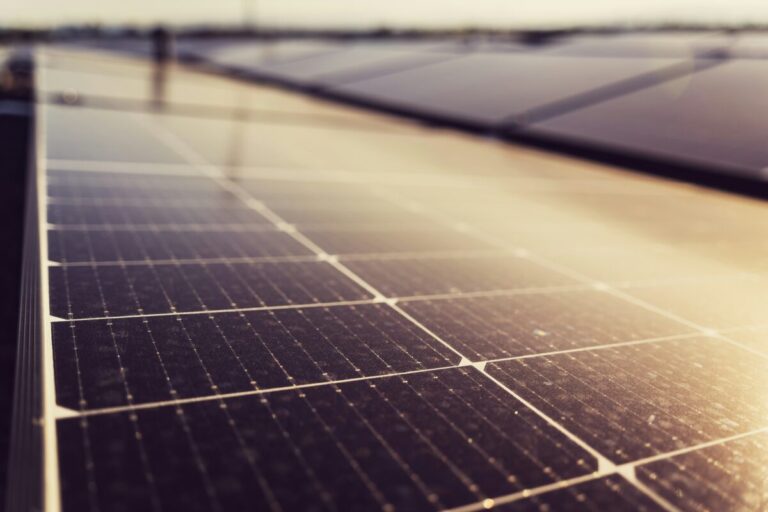Virtual power plants, which State StatePayers can save an estimated $ 550 million a year, are connected aggregations of distributed energy sources such as solar energy and energy storage on the roof.
Prohibit John Harabedian van Pasadena Introduced AB 740legislation aimed at supporting Virtual power plant (VPP) Progress in California.
VPPs are a system of distributed energy sources such as solar energy on the roof, storage of battery energy, bidirectional EV chargers and more. They make a flexible, resilient grid possible that can easily adapt to the shifting of the electricity demand on a more localized base than centralized capacity. Flexible energy sources can send power, or reduce power consumption, from specific locations to peak demand of electricity, which supplies high -quality electricity when this is most needed.
“While Californians are confronted with high energy bills, virtual power plants offer a simple solution – the use of clean energy already at home to stabilize the schedule, lower lower costs and strengthen our future. I am proud to work with Advanced Energy United and Environment California to make energy cleaner and more affordable in our state, ”said Harabedian.
The bill would require:
- Require the California Energy Commission (CEC) to perform modeling of VPPs on electricity costs and interest reduction of the biennial Integrated Energy Policy Reports (IEPR).
- Mandate De CEC submits a VPP implementation plan to the legislative power with goals and milestones as part of the IEPR.
- Requires utilities of investors (IOUS) to report annually about their progress to achieve the goal of the State charging shift.
A report from the Brattle Group estimated that VPPs can do that Save California $ 750 million a year on electricity costs While promoting the adoption of distributed clean energy. Of the $ 750 million in savings, slightly less than $ 200 million would be needed for the implementation of distributed energy source management systems to operate the VPP, as well as marketing and administrative costs to launch the program and reach customers.
The remaining approximately $ 550 million in savings would be passed on to customers.
In the past decade, the US has spent more than $ 120 billion on 100 GW new generation capacity, mainly for sufficient resources. Brattle Group estimates that national utilities can save $ 35 billion in 2033 by concentrating on VPPs for serving a peak demand on the grid.
The electricity prices in California are about double the national averagewhich makes affordability a crisis for many of its residents.
“California undergoes a crisis for the affordability of electricity and virtual power plants are an important tool that can lower the costs for everyone by using technologies that are already found in people’s houses and companies,” said Edson Perez, California Lead at Advanced Energy United.
This content is protected by copyright and may not be reused. If you want to work with us and reuse part of our content, please contact: editors@pv-magazine.com.


